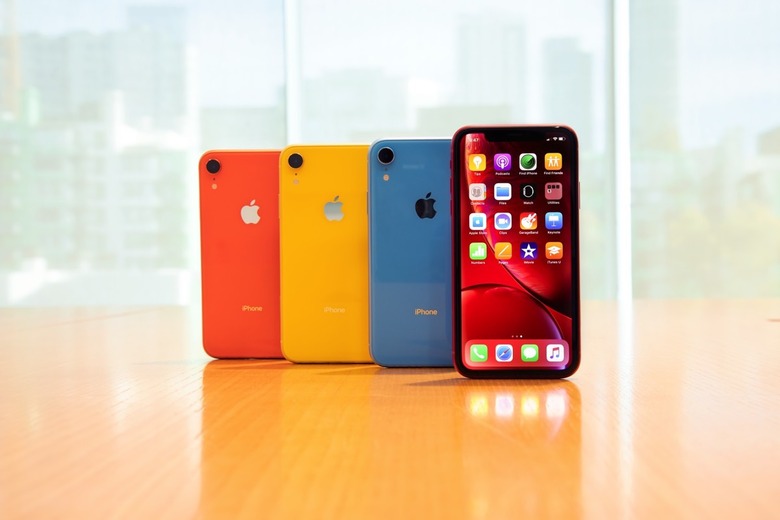We Might Finally Know Why Apple Cut iPhone XR Orders, And It Has Nothing To Do With Slow Sales
Earlier this week, a somewhat sketchy report surfaced claiming that Apple told its manufacturing partners to reduce iPhone XR production due to lower than anticipated demand. Even more alarming, the report claimed that overall production might drop by as much as 25%. Naturally, many took the report as further proof that the iPhone has hit its peak, even though the report seemed to raise far more questions than answers.
For starters, the claim that iPhone XR demand is exceedingly below expectations runs somewhat counter to a previous report from reputed analyst Ming-Chi Kuo who just recently raised his iPhone XR sales estimate for the December quarter. Further, it seems odd that Apple would drastically cut production ahead of the busy holiday shopping season. So just what, exactly, is going on?
Well as it turns out, Apple may have indeed ordered a rollback in production, but not for reasons pertaining to demand. According to a research note from analyst Jun Zhang (originally brought to light by Philip Elmer-DeWitt's Apple 3.0), there may have been some quality control issues involving the iPhone XR's printed circuit boards that led to a reduction in production output.
Zhang's note reads in part:
We also believe component pull-ins are slowing down this week. We believe some Printed Circuit Board (PCB) supplier shipments of HDI boards were quickly dropped this week. This may be attributable to quality issues from Skyworks PAs. We believe this potential round of iPhone XR production cuts by Apple may be attributable to the recently found PA quality issues.
In short, the sky isn't falling and iPhone sales aren't about to drop drastically. Far from it, it stands to reason that Apple during the current holiday quarter will see a huge boost in iPhone sales due to a wide selection of 3 brand new iPhone models. Of course, with Apple no longer keen on releasing quarterly iPhone sales, we really won't be able to know how iPhone sales fared relative to previous quarters.
Broadly speaking, the original report regarding a drop in iPhone production illustrates why Apple understandably wants to keep iPhone sales close to its chest. As we saw here, a report regarding a drop in iPhone production can easily be interpreted in a completely misleading manner and not accurately portray the vibrancy of Apple's business. Similarly, with iPhones no longer launching on a set schedule these days (with last year's iPhone X launching in November and the iPhone XR launching in late October of this year), a random 12 week snapshot of iPhone sales is not nearly as instructive as it was years ago.
